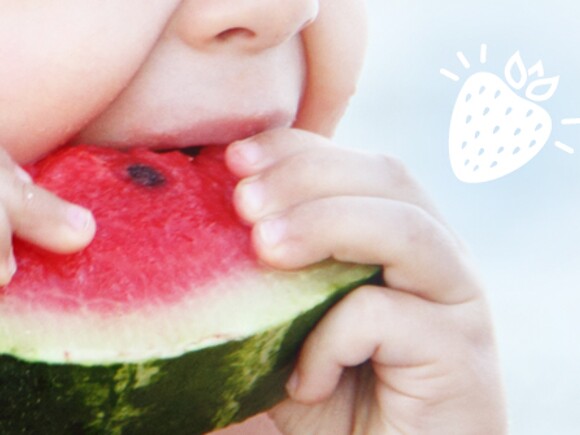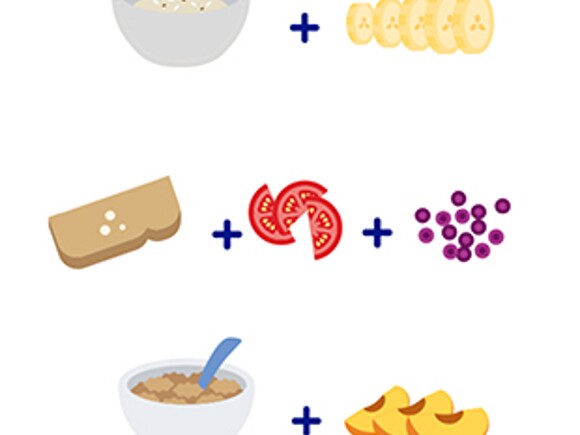When there is a reduction or loss of the lactase enzyme, our intestines will not be able to break down lactose. The unabsorbed lactose might cause some symptoms, and this condition is known as lactose intolerance.
How to Find Out if Your Child is Lactose Intolerant
The common symptoms of lactose intolerance are nausea, abdominal pain, cramping, bloating, and watery diarrhea.
Depending on how much lactose was consumed, severity of the symptoms would be different. Symptoms can occur within minutes or hours of drinking milk or consuming dairy products.
You can omit all milk and dairy products from your child’s diet to see if the symptoms stop. If the symptoms stop, then your child is lactose intolerant. You can also consult your paediatrician, who will want to know your child’s medical, family and diet history, in order to make a diagnosis.
Your paediatrician might recommend a hydrogen breath test, which is a test for lactose intolerance. Your child will breathe into a container that measures breath hydrogen level before and after consuming a drink that has a known amount of lactose. A higher than average hydrogen level is considered a positive test for lactose intolerance.
Lactose intolerance in infants
Lactose intolerance is not common in infants. All babies are born with lactase in their intestines, and the enzyme decreases as the baby ages. In children who were born full-term, lactose intolerance usually only occurs after the age of three.
Babies who were born premature might develop a type of temporary lactose intolerance called developmental lactase deficiency. It will only last for a short time.
However, there are babies born with a rare disorder that is a genetic hereditary condition called congenital lactase deficiency. They cannot tolerate lactose entirely, and have to drink lactose-free milk.
Is lactose intolerance the same thing as milk allergy?
Lactose intolerance is a digestive issue, while milk allergy is an immune system problem. Therefore, they are not the same thing. Lactose intolerance can cause a lot of discomfort, but a milk allergy can be life threatening.
How do I ensure that my lactose intolerant child gets enough calcium?
If your child cannot consume regular milk and dairy products, opt for lactose-free dairy products instead, which include lactose-free milk, yogurt and cheese. Other milk substitutes include soya milk, almond milk, and oat milk. However, you should discuss with your paediatrician before starting on such diet.
You may also want to explore giving more dark leafy vegetables, broccoli, nuts, beans and fishes which are high in calcium as well.
Can lactose intolerance be managed?
If lactose intolerance happens after a viral infection or is associated with other conditions such as celiac disease, it might be temporary. However, in adults and older children, it is often a lifelong condition that requires modification of diet.
Lactose intolerance can be well controlled with good habit practices such as reading up and understanding the way your food is being prepared when you choose to dine out. If information of the food is not available in the menus or packaging, you can always check with the establishment if dairy is presence in your dish or food.
References
https://www.healthychildren.org/english/healthy-living/nutrition/pages/lactose-intolerance-in-children.aspx
https://kidshealth.org/en/parents/lactose.html

























